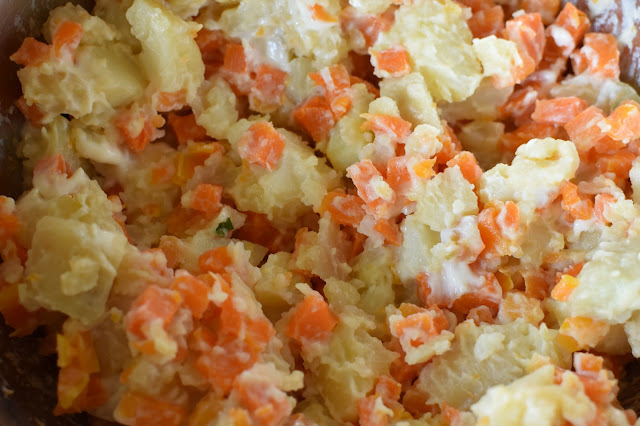Curious about how I fill my hours?
Keep in mind that I've only been here just about two weeks, so I'm not quite settled. I am still living in the house of my sister-in-law, but some semblance of normalcy is beginning to assert itself - to my relief. After being a gypsy for four months - living in my mom's house, camping outdoors, and now living with my sister-in-law, I'm eager for some sort of daily rhythm to assert itself.
So, here's what I do: During the traditional work week, Monday through Friday, I follow a simple routine. During the mornings, I homeschool Oli - right now we are only doing one subject because our shipping container has not arrived yet and I only have reading materials with me. After a late lunch, she plays for a bit before we out the door to walk to her school which is about 5 blocks away. In the afternoon, she attends a Waldorf kindergarten for four hours, 2-6 pm. During that time, I work in the cafe below (same building).
My work includes updating my blog, social media, researching the publishing markets, writing our cookbook sections and recipes, writing my fiction (both short and long forms), and writing freelance articles. Some days I focus on just one or two things and other days I'm all over the place. But I always set goals for myself of what I want to accomplish each day. As a self-employed writer, it is important to be aware of time and how I spend it.
After Oli's school gets out, we usually walk back to the house and have dinner together. There is some play time afterwards and before bedtime. And of course, stories to be read before tucking ourselves into bed. I am currently reading Harry Potter and the Sorcerer's Stone to Oli. After Oli is asleep, Mark and I usually hang out with Luz and Cristian, drinking the occasional beer or wine and munching on ceviche, empanadas, and other tasty Chilean snacks. Bedtime is late in Chile - around midnight - and you bet I always make time to read before I drift off to sleep.
Keep in mind that I've only been here just about two weeks, so I'm not quite settled. I am still living in the house of my sister-in-law, but some semblance of normalcy is beginning to assert itself - to my relief. After being a gypsy for four months - living in my mom's house, camping outdoors, and now living with my sister-in-law, I'm eager for some sort of daily rhythm to assert itself.
So, here's what I do: During the traditional work week, Monday through Friday, I follow a simple routine. During the mornings, I homeschool Oli - right now we are only doing one subject because our shipping container has not arrived yet and I only have reading materials with me. After a late lunch, she plays for a bit before we out the door to walk to her school which is about 5 blocks away. In the afternoon, she attends a Waldorf kindergarten for four hours, 2-6 pm. During that time, I work in the cafe below (same building).
My afternoons usually look like this.
My work includes updating my blog, social media, researching the publishing markets, writing our cookbook sections and recipes, writing my fiction (both short and long forms), and writing freelance articles. Some days I focus on just one or two things and other days I'm all over the place. But I always set goals for myself of what I want to accomplish each day. As a self-employed writer, it is important to be aware of time and how I spend it.
After Oli's school gets out, we usually walk back to the house and have dinner together. There is some play time afterwards and before bedtime. And of course, stories to be read before tucking ourselves into bed. I am currently reading Harry Potter and the Sorcerer's Stone to Oli. After Oli is asleep, Mark and I usually hang out with Luz and Cristian, drinking the occasional beer or wine and munching on ceviche, empanadas, and other tasty Chilean snacks. Bedtime is late in Chile - around midnight - and you bet I always make time to read before I drift off to sleep.

















































